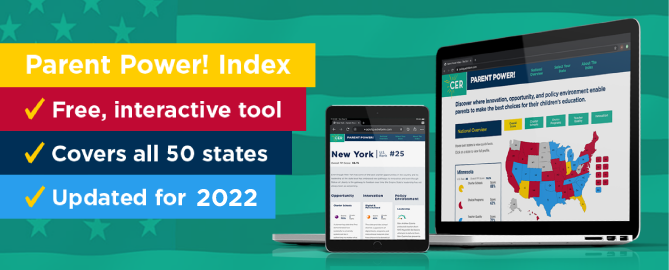CMOs Have Positive Impact on Student Learning Study Shows
Findings from a recently released report by Mathematica Policy Research and the Center on Reinventing Public Education (CRPE) point to increased effectiveness of Charter Management Organization (CMOs) schools over district schools. The study was conducted over the last two years. It was composed of surveys of principals and teachers at 292 qualifying CMO schools (40 CMOs qualified based on years open, not serving dropouts or at-risk students and directly managing schools), site visits to schools and CMO headquarters, and analysis of CMO and district achievement and finance reports.
CMO schools represent 17% of the nation’s charter schools and are located in urban areas and in specific states because of charter laws that allow CMOs to manage schools and have autonomy. States include TX, CA, AZ and OH. Relative to host districts, CMO schools serve a larger number of black, Hispanic and low-income students, but fewer special needs students (13% vs. 9%).
When looking at academic achievement of students in CMO schools results are somewhat mixed. There are limitations to this study however. Only CMO middle schools were analyzed and achievement impact was only estimated in 22 CMOs. Overall, when looking at two-year impact, half of the CMOs were positively impacting students’ test scores, one-third were negatively impacting and the remaining schools have made no significant difference. In addition, there are certain high-performing CMOs that can generate up to three years of learning gains within two years of enrollment. These are generally larger CMOs that have more money via strong foundation support and are able to devote more time on developing strong leaders and curriculum. The study also found that academic impacts are largest in schools that incorporate a comprehensive behavior policy, or that utilize intensive coaching of teachers and have strong leadership.
When looking over three years, none of the academic impacts in any subject are statistically significant, although they are positive in all cases but one. Math and reading impacts were higher for Hispanic students at the nine CMO schools with sufficient data for analysis.
Another aspect of the study is analyzing CMO practices regarding managing the schools and teachers. According to the study, CMO principals report that their teachers receive more coaching and are more likely to receive performance pay than district teachers. Furthermore, 69% of CMO principals report using student test scores to evaluate teachers, compared to 46% of district principals. Ninety-five percent of CMOs in the study have school-wide behavior standards versus 76% of district schools.
This report is just a snapshot of a handful of CMOs across the country, but it does paint a strong picture of these charter school networks positively influencing students’ academic achievement and creating a safe learning environment with strong discipline and school leaders. However, more research and data is needed to truly measure the effectiveness of CMOs on students and schools across the US.















